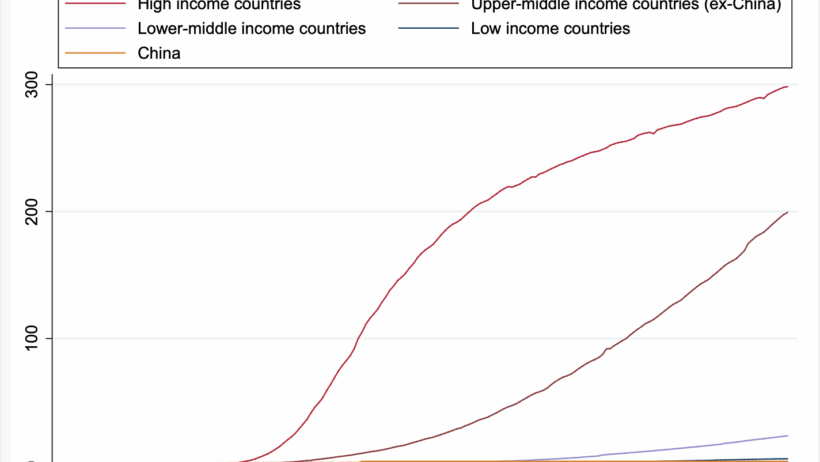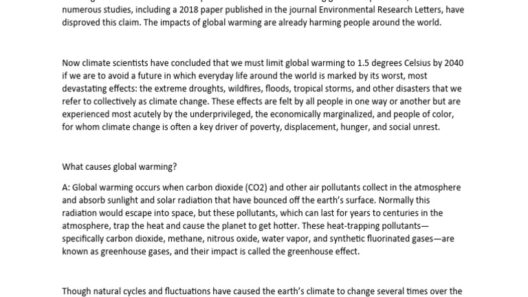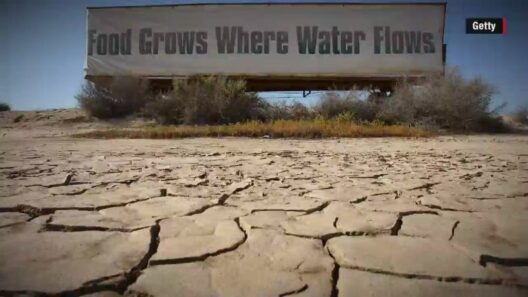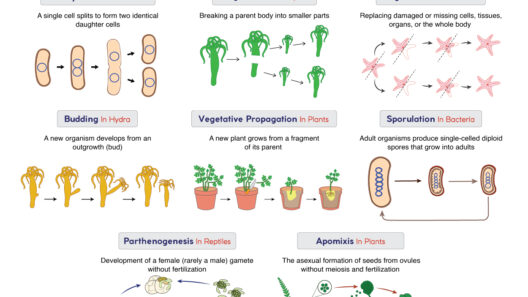Climate change is often perceived through the lens of polar bears stranded on shrinking ice floes or wildfires ravaging vast swaths of forest. However, the reality of this phenomenon extends far beyond these striking images. One of the most pressing concerns related to climate change is its direct health impacts, which resonate profoundly with populations worldwide, from the bustling streets of Jakarta to neighborhoods in the United States.
Urban areas, particularly in developing countries like Indonesia, exemplify the acute health effects that result from increasing temperatures and extreme weather events. Jakarta, a city already grappling with significant challenges such as air pollution and inadequate healthcare infrastructure, finds itself at the forefront of this climate-induced health crisis. Rising temperatures not only aggravate respiratory ailments but also predispose populations to a suite of ailments directly linked to environmental degradation.
As global temperatures rise, the frequency and intensity of heatwaves increase. Heat-related illnesses are a direct consequence of this phenomenon. Conditions such as heat exhaustion or heat stroke become more prevalent, particularly among vulnerable populations such as the elderly, children, and those with pre-existing health conditions. In a city like Jakarta, where high humidity levels compound the sensation of heat, residents often find themselves in the grip of oppressive conditions. This uncomfortable reality exacerbates existing health issues and leads to an uptick in emergency health interventions.
Moreover, the prevalence of vector-borne diseases is intricately tied to climate variations. Mosquitoes thrive in warmer climates, and as temperatures rise, they expand their geographic reach. Diseases such as dengue fever, malaria, and Zika virus become endemic in regions previously considered safe. Jakarta has encountered surges in dengue fever cases corresponding with extreme weather patterns, illustrating how intertwined health and climate are. The public health systems in these cities often struggle to keep pace with the burgeoning needs, unable to stem the tide of these preventable but perilous conditions.
Beyond vector-borne diseases, air quality deteriorates as temperatures rise and weather phenomena change, creating a perfect storm for respiratory illnesses. The combustion of fossil fuels and biomass releases a slew of harmful pollutants into the atmosphere, contributing to urban smog. Cities like Jakarta are engulfed in a haze that not only reduces visibility but poses severe health risks to residents. Asthma, chronic obstructive pulmonary disease (COPD), and cardiovascular diseases are exacerbated in environments with poor air quality. Additionally, the psychological burden cannot be overlooked; living in a polluted environment can lead to increased levels of anxiety and stress, compounding the health crisis.
The effects of climate change are not confined to one geographic location; they ripple outwards, reaching homes and communities globally. For instance, the air quality issues witnessed in Jakarta are echoed in cities across the United States and Europe, though they manifest differently. In urban centers plagued by air pollution, residents face similar health challenges. This interconnected betrayal of health and climate highlights an urgent need for policy intervention to mitigate the impacts of climate change globally.
A further complication arises from food security, which is intricately linked to climate conditions. Changes in weather patterns lead to unpredictable agricultural output, which can degrade nutrition quality and availability. Jakarta, an economic hub, relies heavily on consistent food supplies. As crop yields fluctuate due to extreme weather, malnutrition becomes a serious concern, particularly for susceptible populations. This dietary disruption not only threatens physical health but also cognitive function—a crucial aspect for children who require proper nutrition for optimal development.
In addressing these rampant health issues, the linkage between climate change and health must be recognized as a multi-faceted challenge. Education plays a pivotal role in equipping communities with the knowledge needed to protect themselves from the adverse effects of climate change. Awareness campaigns can help individuals recognize symptoms of heat-related illnesses, vector-borne diseases, and encourage healthy practices such as staying hydrated and using mosquito nets. But education must be complemented with robust policy frameworks targeting emissions reduction and air quality improvement.
Research and technological advancements have the potential to offer innovative solutions to mitigate these health implications. For instance, improving urban design to include more green spaces can reduce urban heat islands, making cities more livable. Enhanced public transport systems can lower greenhouse gas emissions, decreasing air pollution levels. Furthermore, community-based initiatives can foster resilience among vulnerable populations, providing resources and support to help them adapt to changing environmental conditions.
Importantly, the burden of climate-related health impacts can no longer rest solely on the shoulders of individuals or communities; it requires collective action. Governments, local authorities, health organizations, and international bodies must collaborate, sharing best practices and resources to combat this crisis holistically. Only then can we muster an effective response to the pressing health ramifications that loom over us all.
In conclusion, the path from Jakarta to our homes illustrates a formidable reality: the deep, interwoven connections between climate change and health. The manifestations of this global crisis are not distant specters but immediate challenges that require urgent attention. Understanding the direct health impacts of a warming world fosters a deeper appreciation for the gravity of climate change and galvanizes action necessary to safeguard our health, our communities, and ultimately, our future.








